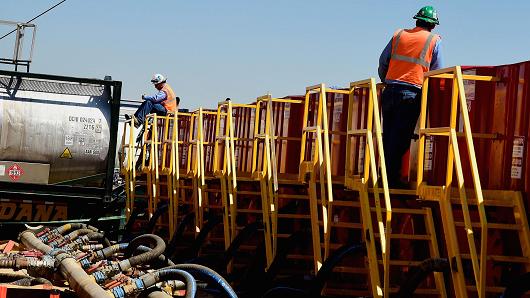India’s trade deficit with ASEAN and five other countries in RCEP is over $100 billion
BL Research Bureau
While the stage is all set for finalisation of the Regional Comprehensive Economic Partnership (RCEP) pact between ASEAN and six other countries, including India, the country’s manufacturing industries and farmers are keeping their fingers crossed, fearing it should not turn into a raw deal for them again.
Their fear is only justified given India’s adverse experience in all the free trade agreements (FTAs) so far.
RCEP is a trade agreement where associating countries agree upon reducing or completely eliminating tariff and non-tariff barriers on imports and exports.
India’s trade deficit with the ASEAN bloc – Brunei, Cambodia, Indonesia, Laos, Malaysia, Myanmar, the Philippines, Singapore, Thailand, Vietnam and the five others in the RCEP pact – China, Japan, South Korea, Australia, and New Zealand is already massive, and only increasing every year.
Trade deficit with the above countries which stood at $63 billion in 2013-14 had increased to $105 billion in 2018-19.
While India currently sends 20 per cent of all its exports to the above countries, 35 per cent of all imports are from this bloc of countries. Strikingly, China, which is in the forefront pushing RCEP after breaking ties with the US, is the largest exporter into India.
Of the country’s $105 billion trade deficit, $53 billion is only with China. Electrical machinery, equipment, appliances, plastic articles, iron and steel, aluminium, ceramic products, man-made fibres and furniture are a few of the many goods that China dumps into India every year.
Thus, manufacturers of the above products fear increased dumping from China post the RCEP deal.
It is dreaded that India’s commitment under the RCEP will be higher than what it is under the existing FTAs with ASEAN, Japan, South Korea and others.
Past experience
Post 2006, India started aggressively signing bilateral trade agreements, including the first bilateral FTA with Sri Lanka (ISFTA). This came into effect in March 2000.
After that, India had signed bilateral trade agreements with Malaysia, Singapore and South Korea. It had also become a partner in many RTAs like the ASEAN CECA.
However, India has always been at the receiving end of the FTAs. According to the data, the imports from FTA partners have been more than India’s exports to them after the signing of FTAs. In fact, in a report published by the NITI Aayog two years ago, India’s exports to FTA countries have not outperformed the overall export growth or exports to rest of the world. Further, the utilisation rate of RTAs by exporters in India is very low – between 5 and 25 per cent.
Among the domestic manufacturing industries, the metal industry has been hit the most by FTAs. A 10 per cent reduction in FTA tariffs for metals has increased imports by 1.4 per cent, says the report. In the agricultural commodities basket, it is dairy products, pepper, and cardamom, which will face the heat of higher dumping post the proposed RCEP, according to market observers. At present, cheap imports of cardamom and black pepper from Sri Lanka and ASEAN countries have been hurting farmers in Kerela. The same has been the case with rubber farmers as rubber at cheaper rates from Vietnam and Indonesia are getting dumped into the country. Coconut farmers too are distressed with coconut oil cakes coming-in from the Philippines and Indonesia. This situation may only worsen with the new trade pact, according to farmer groups. If dairy products from Australia and New Zealand also flood the market, the domestic dairy sector will be also be affected.
[“source=thehindubusinessline”]




